From Feb. 19 to June 26, 2022, the “Amedeo Lia” Civic Museum, La Spezia, hosts the exhibition-focus La Madonna Lia. Leonardo’s pupils in Milan, curated by Andrea Marmori and Francesca Giorgi. The exhibition, sponsored by the City of La Spezia, focuses on the painting executed by Francesco Galli, known as Napoletano, for the Duke of Milan, Ludovico il Moro. The work, donated by the collector Amedeo Lia to the Pinacoteca del Castello Sforzesco in Milan in 2007, returns to La Spezia as part of an exhibition that also brings together other masterpieces, both from Milan and part of the Lia Collection, to illustrate the cultural environment Leonardo da Vinci found upon his arrival in Milan and to demonstrate the outcomes of his extraordinary, enlightening teaching.
The "Madonna Lia," like other small paintings depicting the same subject, is part of a group of works executed in Leonardo’s Milanese studio in the 1590s. Leonardo had in fact arrived in Milan in 1482, and although it seems unlikely that he entered the service of Duke Ludovico Sforza immediately, he was immediately employed on numerous assignments for the court. His multifaceted work primarily included the design and preparation for the equestrian monument to Francesco, Ludovico’s father, and the decoration of the Sala delle Asse in the Castello. At the same time he worked on theLast Supper and painted portraits of the duke’s mistresses, the most famous of which is that of Cecilia Gallerani, the Lady with an ermine, and still designed costumes and scenery for court festivities. If we add to this his duties as ducal engineer for both canal construction and military works, it is easy to understand how little time was left for the master to devote to the execution of small devotional paintings: his inability to fulfill such requests was therefore partly made up for by the presence of numerous pupils present in his studio. Before arriving in Milan, Leonardo had already executed two small devotional Madonnas, which were an immediate and well-deserved success: the Madonna of the Carnation, now in Munich, and the famous Benois Madonna, now in the Hermitage in St. Petersburg.
The pupils in Leonardo’s workshop were organized into two distinct groups: the apprentices Salaì and Melzi who, as beginners, were bound to the master and remained in his service longer than the normal period of tutelage, and a large number of assistants who, judging by age and ability, must have been more or less trained. This group included Marco d’Oggiono and Giovanni Boltraffio, authors of numerous works completed in contact with Leonardo, and also a painter for us anonymous conventionally called the Master of the Pala Sforzesca because of his most famous work. It has been noted that for all these artists the entry and stay in Leonardo’s studio constituted the moment of greatest quality in the entire span of their careers, as if the contact with the master nullified any experience gained before then.
The Lia Museum’s exhibition therefore intends to retrace this moment so significant and diriment for Italian art, and not only, when Leonardo’s genius injected a revolutionary wind of novelty into the court of Ludovico il Moro, changing its artistic horizons forever. The exhibition will be open from February 19, the day on which it will be open to the public free of charge with limited entry according to current regulations, and will remain open until June 26, 2022. These months will feature in-depth discussions with specialists in the field, appointments aimed both at the adult public and workshops for children and young people. For all information you can visit the Lia Museum.
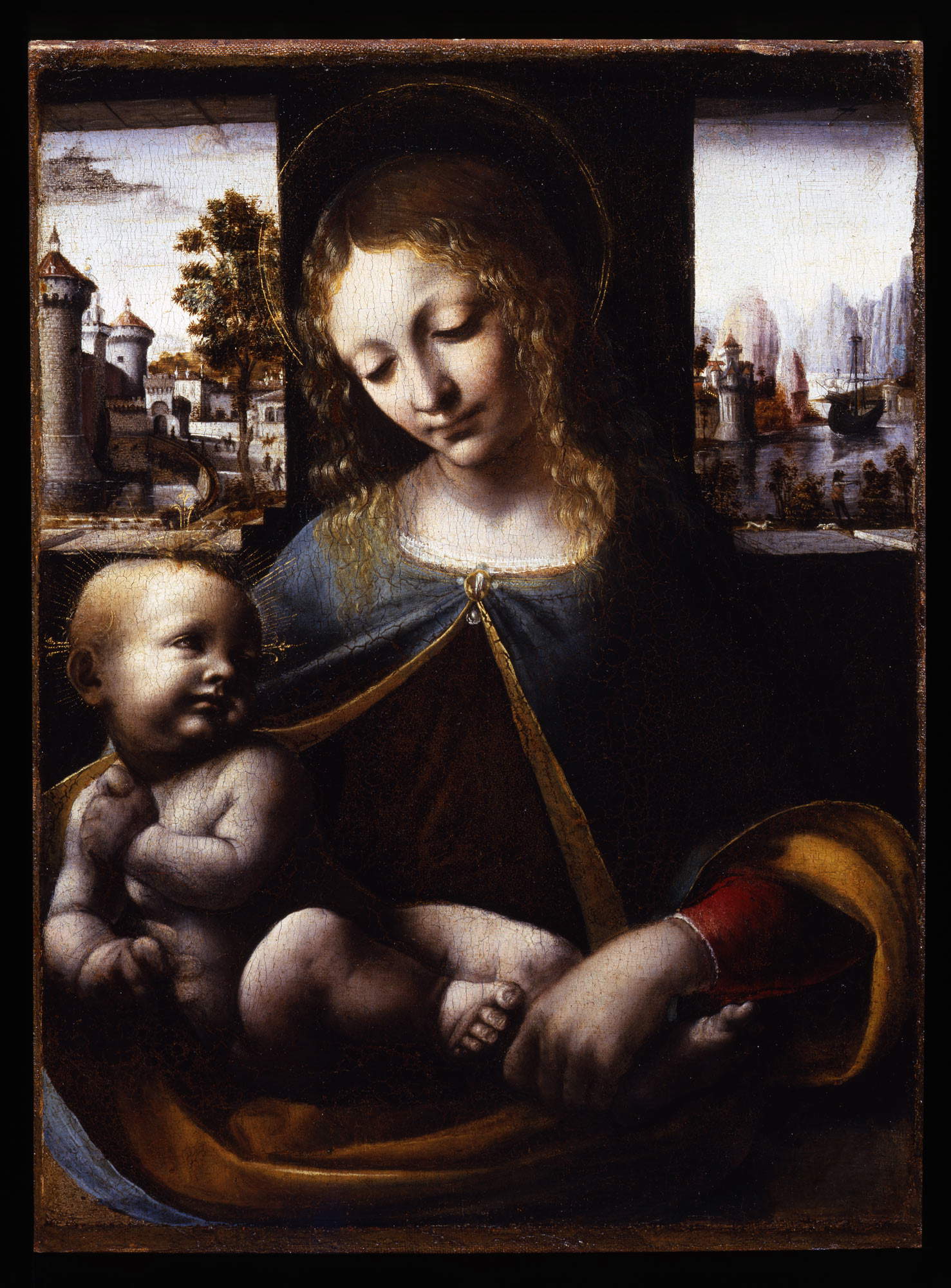
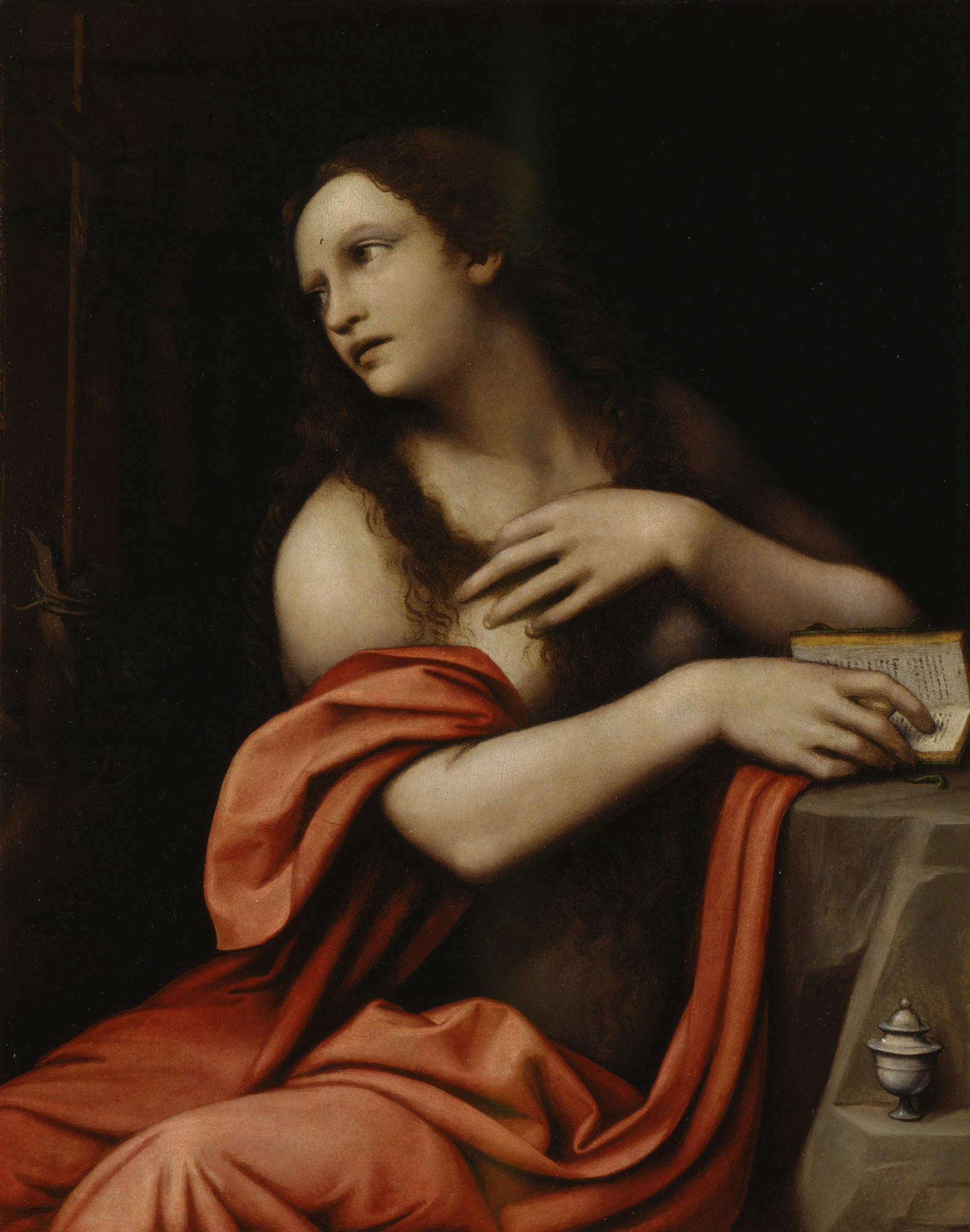
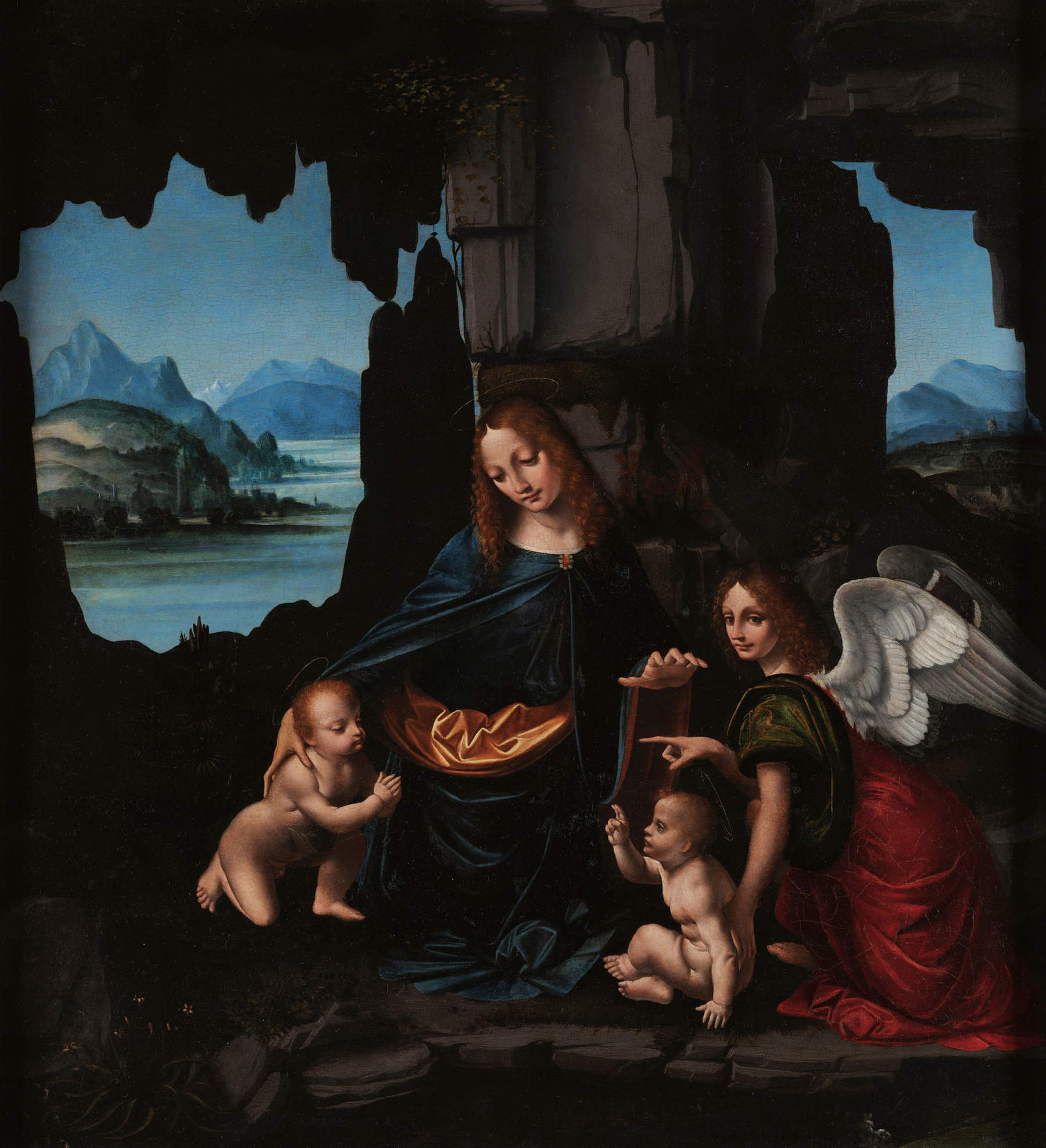
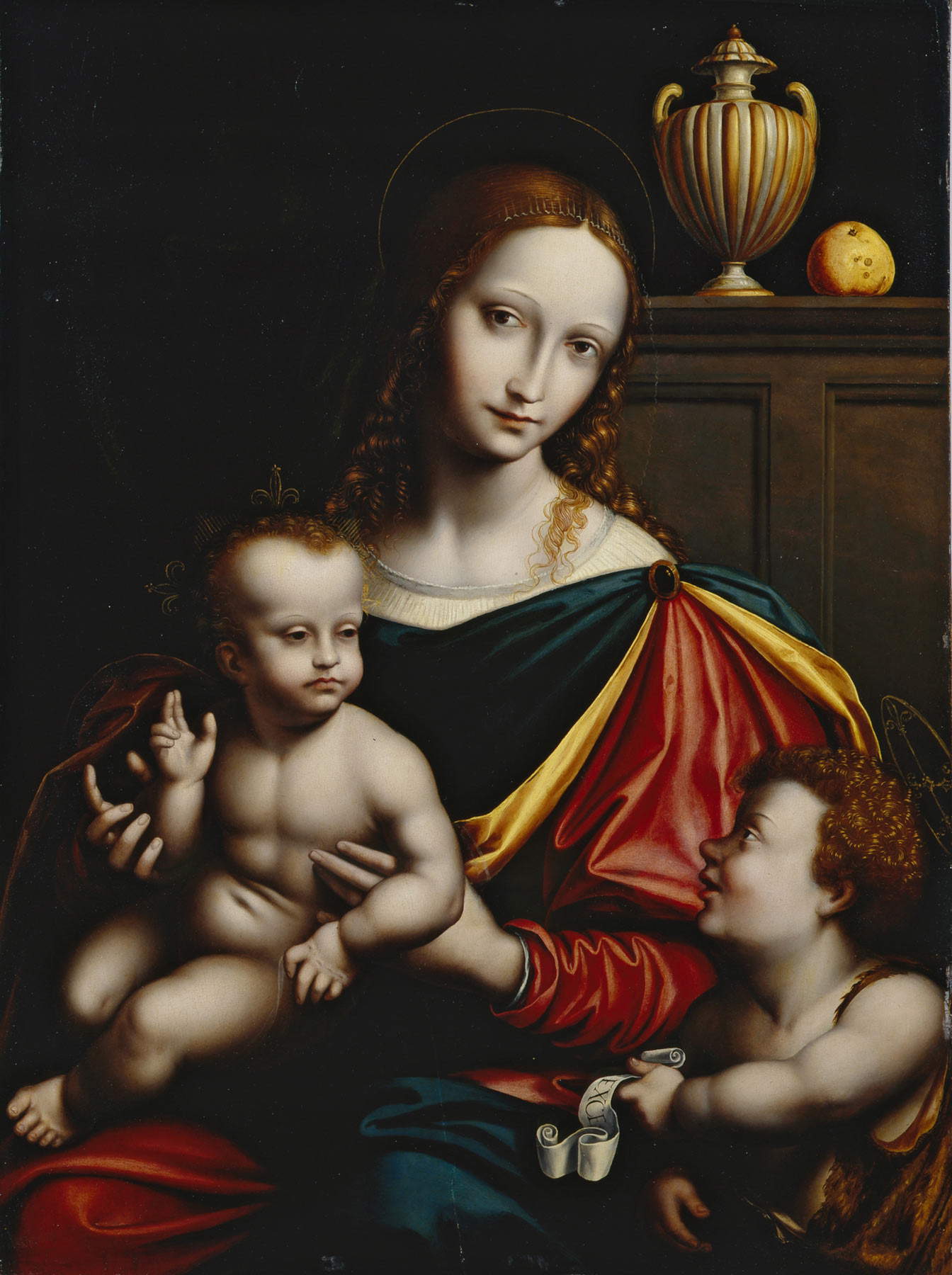
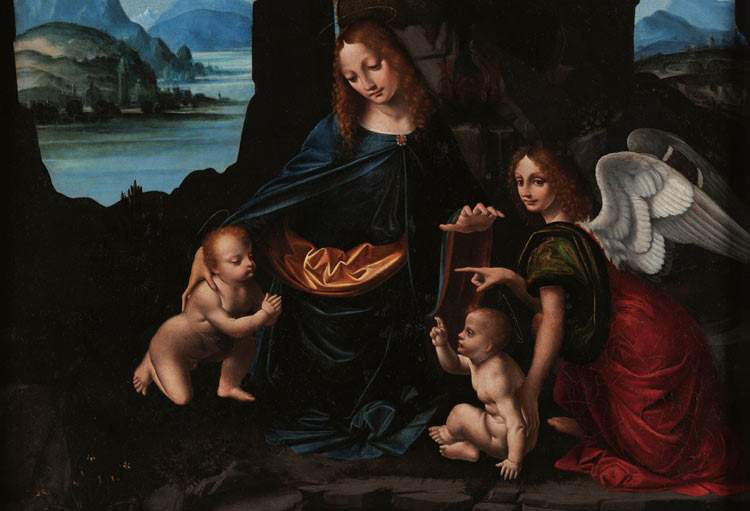 |
| La Spezia, an exhibition to investigate the legacy of Leonardo da Vinci |
Warning: the translation into English of the original Italian article was created using automatic tools. We undertake to review all articles, but we do not guarantee the total absence of inaccuracies in the translation due to the program. You can find the original by clicking on the ITA button. If you find any mistake,please contact us.